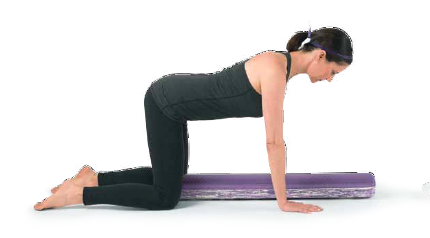It has been awhile since I’ve posted here, but time has been more elusive lately. I recently closed my PT clinic after 24 years and I now work solo just down the street. Although I miss many parts of the practice, i.e. a great partner and staff, I am relieved from the stress that running a healthcare practice had become. I am able to listen to my own advice, take time to reflect and notice.
As a result, I have a wonderful space that allows me to be the integrative practitioner I have become. in addition, I was able to reach out to find alternative spaces to teach Feldenkrais® classes. This has been the bonus of my new work life. I am now teaching at Santa Monica Yoga to great life long learners, and will be teaching for UCLA’s extension program this Winter segment. One of the Feldenkrais class participants is a journalist. She wrote beautifully about what Feldenkrais offers people that suffer from pain.
I am looking forward to this new chapter in life. I feel very grateful for the opportunity to continue doing what I have loved to do, supporting and helping others.






